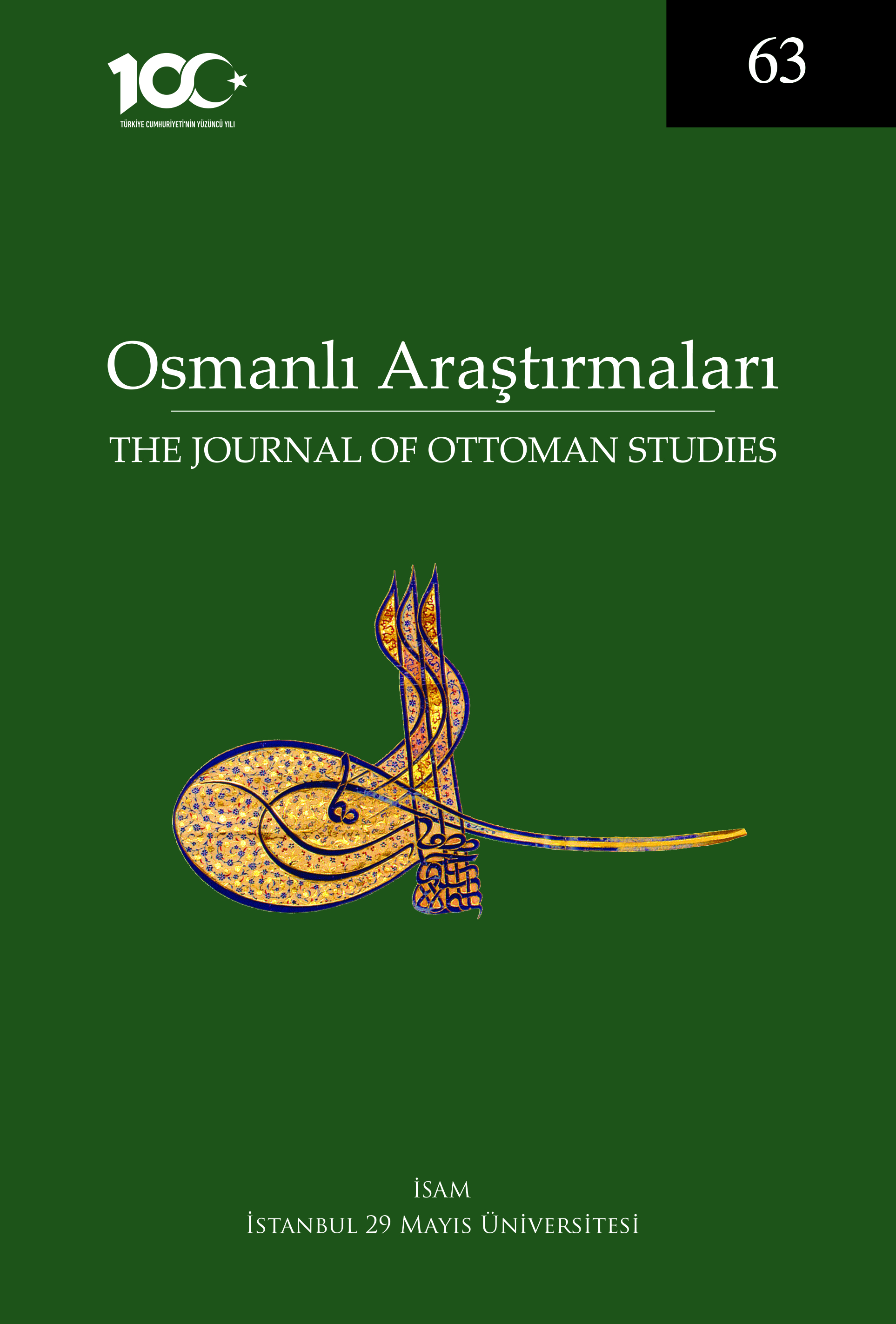Muhavere as a Strategy for Reconciliation in Ottoman Translation History
Keywords:
Ottoman conceptions of translation, conflict thesis, translation studies, muhavere [dialogue], manipulationAbstract
The Tanzimat (Reorganisation) Period, which coincided with the end of the 19th century in the Ottoman Empire, sparked efforts towards modernisation in society. In the context of modernisation, translation occupied a central position in the Ottoman literary and cultural polysystem and played a shaping role with different strategies adopted by translators. It was during this period that “the conflict thesis” arguing for a conflict between religion and science was raised in the West, with its reverberations continuing well into our day. One of the leading works supporting this thesis was John William Draper’s book History of the Conflict between Religion and Science, which was published in 1875. The book found its way into Ottoman Turkish through Ahmed Midhat Efendi’s translation, Nizâ-ı İlm ü Din – İslam ve Ulûm. The aim of this paper is to understand and interpret, in the framework of Ottoman translation history, why and how Ahmed Midhat Efendi used muhavere strategy in this translation in order to (re)witness the importance of the role the translator played as an “eloquent mediator” within the Ottoman literary and cultural polysystem.




